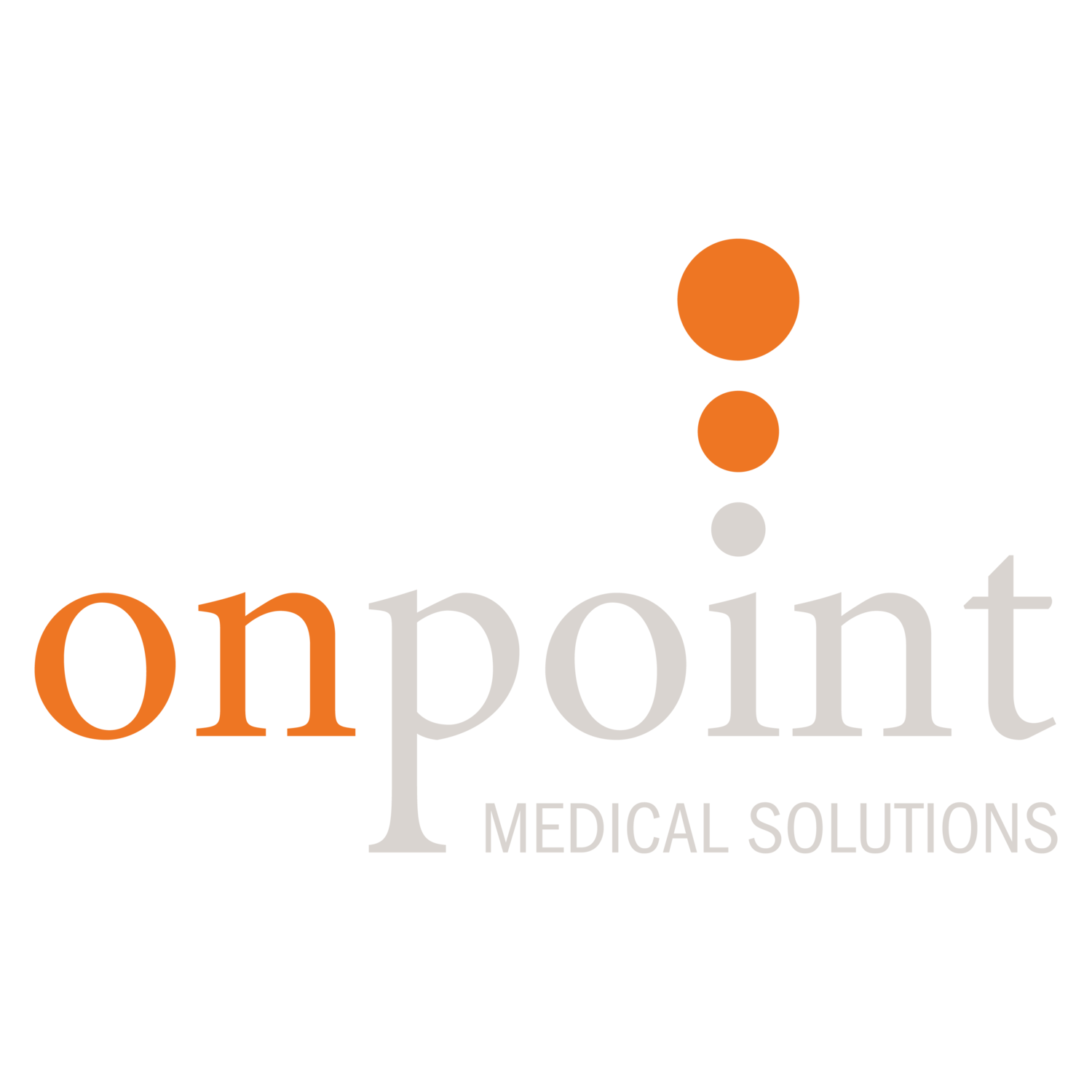What Billing Reports Does My Practice Need?
Ensuring that your practice is functioning efficiently involves monitoring many things. One of the parts of your practice that needs to be working smoothly is your billing process. Medical billing reports are a critical key to making sure billing is working as it should.
Medical billing reports are a great tool for helping you assess the financial health of your practice but figuring out which ones to review first is critical. Your time is limited so you want to focus on key reports first and when time allows you can go back for an in-depth review of all the reports your billing team provides.
Key Performance Indicators (KPI)
Every practice should have goals and metrics to be achieved. Financial goals are critical to the success of a practice. KPI reports can track and provide you with a variety of information. In a Key Performance Indicator report set, you would want to see several things.
First, you should receive all reports within the first week of the following month. There should be a report detailing charge, payment, and encounter trends by month. This allows you to quickly assess both positive and negative trends. If you have relatively steady charges, then your payments should reflect the same. Remember charges and payments don’t have a direct monthly correlation. You must consider when charges were entered, whether it is a paper or electronic submission, and then allow for billing and collection time. Typically, you can look at charges from the previous 30-45 days and you should see a correlation in payments. A red flag is any dramatic and unexpected change in total collections.
It is also equally important to have a KPI report that details productivity by provider and location. This allows you to assess weak points and develop a corrective action plan. A low productivity provider doesn’t necessarily mean they aren’t seeing enough patients. It could mean they simply aren’t submitting fee slips.
Another critical KPI report allows you to monitor charge submission for each provider. Practices should be looking at a report that indicates the number of outstanding charges. To ensure 100% charge capture the report compares scheduled visits to charges submitted. If there are missing charges they will be identified by the provider, type of service, and date of service. Slow charge submission delays billing and collections and could result in timely filing denials.
Accounts Receivable Aging Report
The Accounts Receivable Aging (AR Aging) report is a key report for your practice. If you aren’t getting one each month you need to ask your billing team to provide this immediately. This report will show you which claims have yet to be paid and how long they have been unpaid. The report will list each carrier and then the outstanding dollars for each aging bucket.
If you see claims that have taken longer to pay (60-90-120 days), you should take note but not necessarily panic unless you see these numbers dramatically increase over time. Many things can have a negative impact on when claims are paid. Some of the things that impact the aging of the claims are:
Patient registration errors
Not verifying insurance coverage
Missing or errors on pre-authorizations, and referrals
Delayed charge submission
Coding errors
Carrier rejections requesting medical notes or missing documentation
Once a carrier has denied or rejected a claim, they are not held to a specific time to review and re-process. Therefore, submitting claims timely and accurately the first time is the first step in getting paid in a timely fashion.
Having said all of this, it is still important to look at your AR Aging report and get feedback from your billing team about why claims aren’t being paid on the first submission. A practice needs this type of information to educate staff. After all, you can’t fix what you don’t know is broken.
Patient Collections
Patient payments are another vital set of reports that your practice needs to analyze consistently. Getting patients to pay their medical bills can be difficult, especially if the bill is high. Tracking patient payments is necessary to ensure that your practice is profitable.
If there are patients that are non-responsive to all collection efforts, there should be a report that identifies these patients and reports any that are being seen without making a payment on their outstanding balance. Yes, there are times when you may choose to continue to see the patient even though they have an outstanding balance but that should be an informed decision, not a surprise.
Medical billing requires a team effort. A timely KPI report set will help you guide your practice to success.

